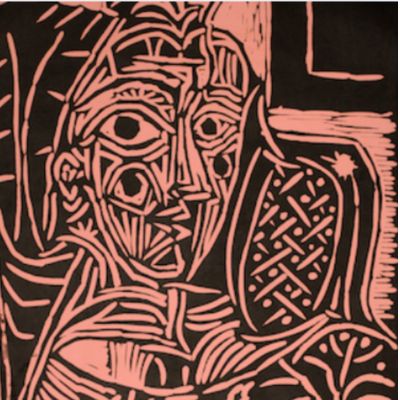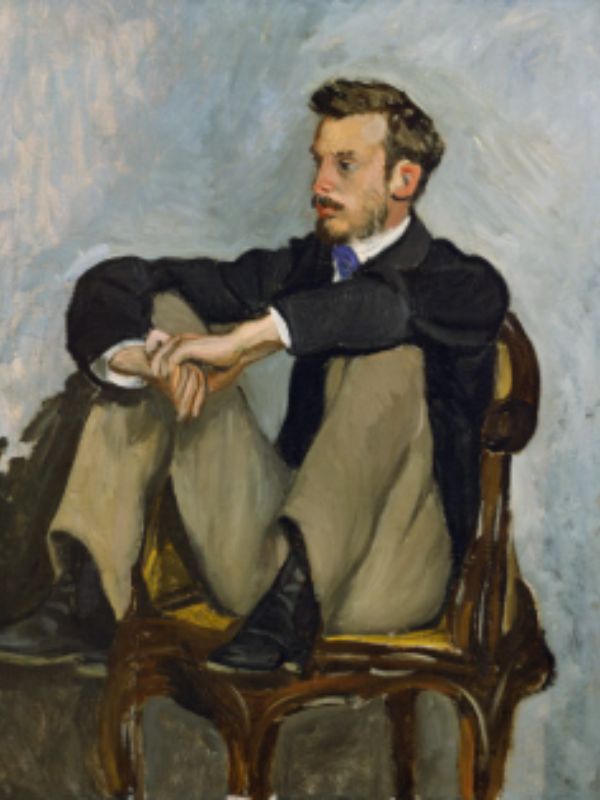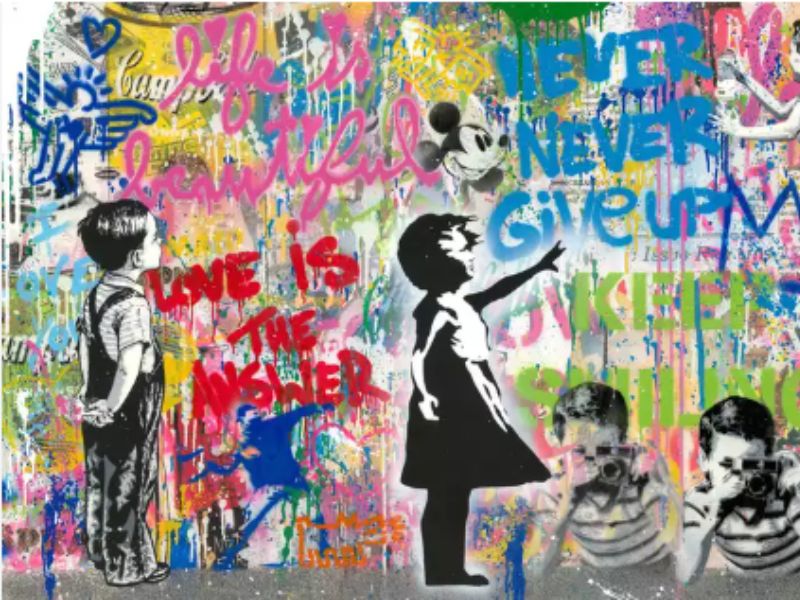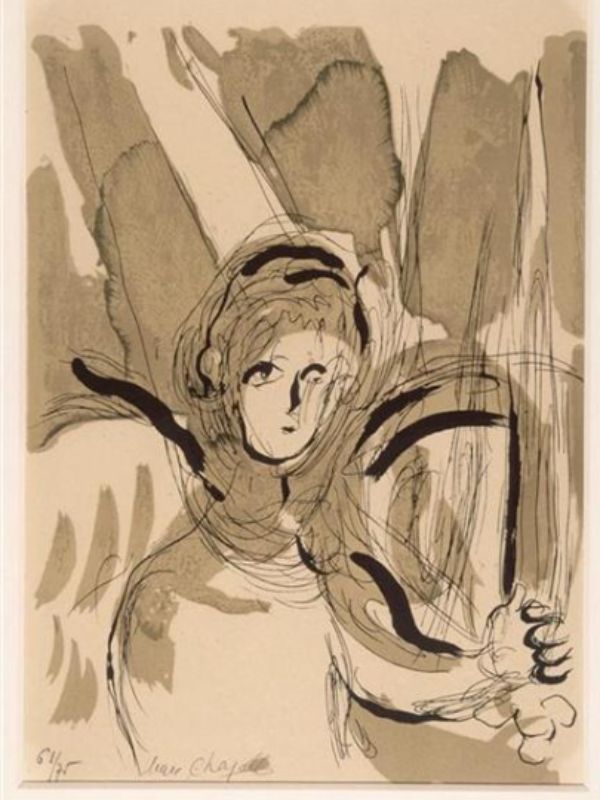Ngày xuất bản: Thứ năm, 24/05/2019 15:19 (UTC +7:00)
1Surrealism and Salvador Dalí
If someone is asked to quickly remember one of Salvador Dalí’s most famous paintings, chances are they will immediately remember one with Salvador Dalí clocks, or one of Salvador Dalí’s elephant paintings. This is no accident, as his art is steeped in symbolism, which is to be expected considering that surrealism is based on the subconscious, which is necessarily dominated by symbolism. The essence of dreams is symbols, as anyone who can remember their dreams will attest. Attempting to make dreams logical is an exercise in futility.
Dalí was obsessed with the paramount importance of letting go of the real world in favor of the perceived higher truth that his mind would conjure if left to its own. To him, the constraints of outside influence, through logic and education served to thwart the mind’s natural operations. The further he delved into his subconscious, the more he felt he was portraying truth, as he created his own world, with his symbols forming the foundations ready for artistic construction. His perceptions of reality were thus pre-eminent and he was the paragon of enlightenment.
Bạn đang xem: SALVADOR DALÍ’S SURREALISM Melting clocks, Elephants and Burning Giraffes
2Salvador Dalí Clocks
Within Dalí’s world, clocks represent omnipresent time, and the inevitability of the effects and ravages of time. The melting timepieces derived from the artist watching a piece of warming Camembert. Time is as fluid as the cheese and it morphs and transforms and slides away.

Pâte de verre and gilded bronze
3Salvador Dalí Elephants
Elephants depict strength and the future. They almost always are carrying objects (often obelisks—meaning power and domination) and have very gangly, thin legs, depicting weightlessness. They are extremely strong and smart, characteristics that were very attractive. Of course, elephants live for long periods of time, and therefore, to Dalí, they also represent immortality.

Éléphant Spatial, 1981
Bronze with green and black patina, brass and plexiglass
4Salvador Dalí Burning Giraffes
Burning giraffes were another common theme for Dalí. They first appeared in 1937, and represented destruction through warfare. Spaniard Dalí was experiencing the Spanish Civil War, which began in 1936 and ended three years later. The 1937 bombing by Nazi Germany’s Luftwaffe of the civilians in the Spanish town of Guernica at the invitation of the leader of the Spanish rebel army, General Francisco Franco, and made (in)famous by the 1937 Pablo Picasso signature painting, Guernica, fed into Dalí’s deep anxiety of warfare. Aside from Spain, the entire European continent was rapidly moving toward the Second World War, which began in 1939.
What is clear is just how much Salvador Dalí relied on his unfettered, yet highly cluttered mind in all aspects of his life—and certainly all aspects of his artistic life.

Conquest of Cosmos II: Saturnian Giraffe, 1974
Color lithograph with engraving and embossing on Arches wove paper
5Salvador Dalí Lobster Telephones
The lobster has an important place in Dalí’s art—and in his psyche. The idea for his combining lobsters with telephones came about when the artist was dining in the home of a British surrealist patron. The dinner featured lobsters. Upon eating the flesh, the shells were then thrown onto the floor, although one errantly landed on the nearby telephone. This scene germinated the commissioning by the patron for Dalí to create a functioning telephone with a lobster handpiece.
Xem thêm : Marc Chagall Exhibition & 40th Anniversary of Galerie Michael
On a symbolism level, the lobster, with its exoskeletal hard exterior and vulnerable interior represented the human condition. The lobster cannot take on its beautiful red color unless it is dead, and once dead, all that will remain is that attractive skeleton.
On a purely Freudian framework, the lobster represents danger and castration, both of which played perfectly into the artists mental state.

Imaginations and Objects of the Future: Cybernetic Lobster Telephone, 1975
Color lithograph with etching on Arches paper
6Salvador Dalí Snails
Snails, like eggs and lobsters, have hard exteriors and soft interiors. In the world created by the mind of Dalí, everything occurred for a reason and nothing was pure chance. On one occasion, serendipity was in full force as Dalí, while visiting the father of psychoanalysis, Sigmund Freud, saw a snail atop a bicycle. From that moment on, he connected a snail with the human head, particularly Freud’s. He was also captivated by the purity of the curves on a snail’s shell, and found great artistic inspiration through their use in his art.
7Salvador Dalí Angels
Angels represent purity and nobility. They commune with God. When he portrayed an angel, it was often a representation of his beloved wife and muse, Gala, whom he held in the highest esteem, and who dominated him throughout his life. Angels were the intermediary between heaven and Earth and for Dalí, nothing was more exciting and liberating than an angel.

Ange, 1972
Oil on lenticular plastic
8Salvador Dalí Drawers
Drawers had a duality. In women, they represented the Freudian concept of latent female sexuality. Open drawers meant that their secrets are now known and should not be feared. Dalí himself suffered from eurotophobia, a neurosis-level fear of sex that tormented him throughout his life.
He also used drawers to represent memories—whether now known or exposed, hidden or latent. If hidden or latent, they are awaiting being brought to the conscious-level, once the repression holding them at bay is removed.

Salvador DALÍ (1904-1989)
After 50 Years of Surrealism: Freud with Snail-Head, 1974

Salvador DALÍ (1904-1989)
Conquest of Cosmos II: Philosopher Crushed by the Cosmos, 1974

Salvador DALÍ (1904-1989)
Visions de Quevedo: Hommage à Quevedo, 1975
9Salvador Dalí Eggs
As one might readily imagine, eggs were a strong influence due to their characteristics melding with Freud’s emphasis on sex and Dalí’s imagination being shaped by Freud. Eggs, like snails and lobsters are protected by the outside world with hard shells, hiding the softness within. Furthermore, the egg represents reproduction and fertility. This, in turn, passes along the features of one generation to the next on a continuous, unending basis. There is a requisite truth that is shielded within, yet that is required to move forward. All the elements Dalí found so captivating.

Space Venus, 1984
Bronze with brown and gilded patina
10Salvador Dalí Crutches
Crutches had several important meanings. They represented a connection with the Earth—a grounding. They showed the weakness and inadequacy of mankind. They also referred to the traditions of the past—things that held up (supported and constrained) society. In general, they represented hidden memories.
People are props and need props to hold them up. They compensate for weaknesses by shifting their needs elsewhere in classic Freudian ways. People hide their fears and find ways of avoiding unpleasant or unwanted experiences by using other traits or other people to work around them. And Dalí found duality in his recognition and simultaneous celebration of his own weaknesses. He revered Gala, his crutch-in-chief.
It is not possible to understand Salvador Dalí without understanding the theories propounded by Sigmund Freud or the influence of Gala. By putting the various pieces that comprise the artist together, a clearer picture emerges as to the meaning of his otherwise obscure imaginations.

Conquest of Cosmos II: The Last Comer of the Last Planet, 1974
Color lithograph with engraving and embossing on Arches wove paper

Le Sommeil, circa 1955
Collage of photographic elements with gouache on a photographic base
Nguồn: https://www.galeriemichael.com
Danh mục: Khôi phục







